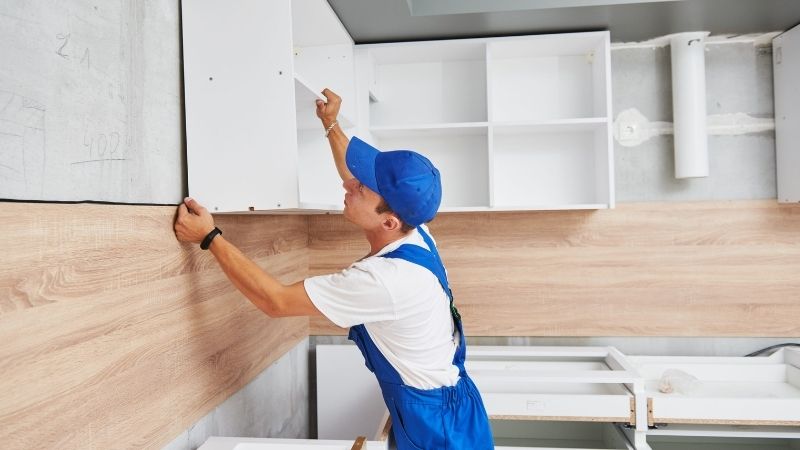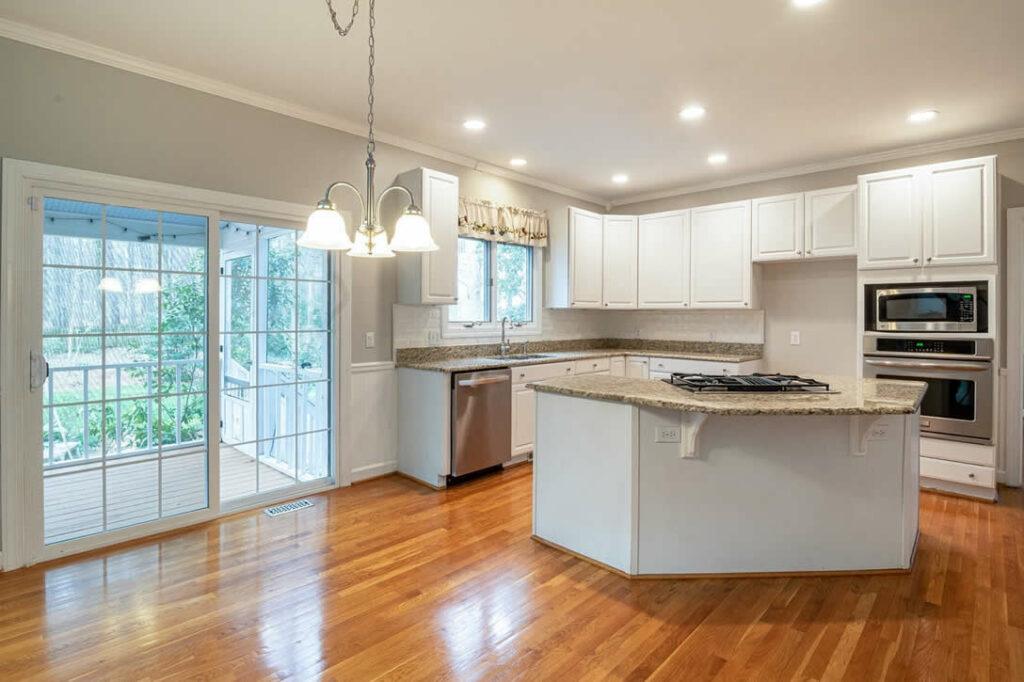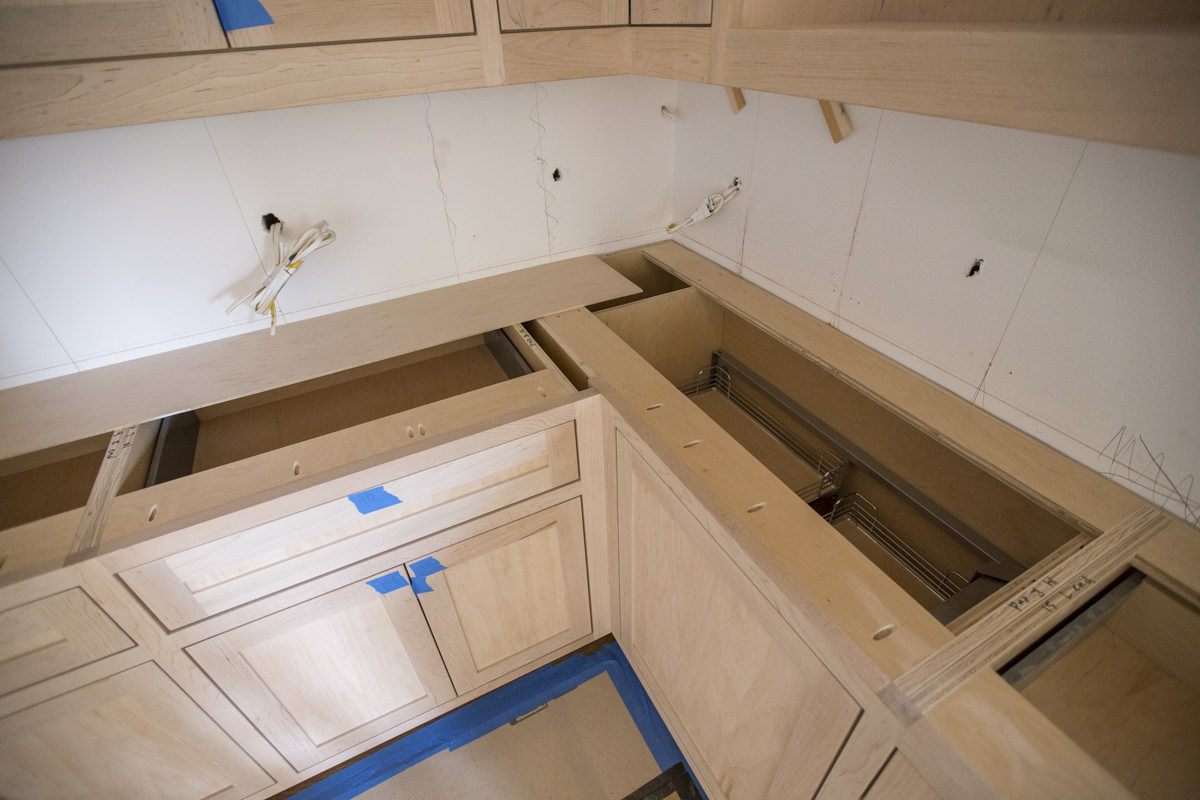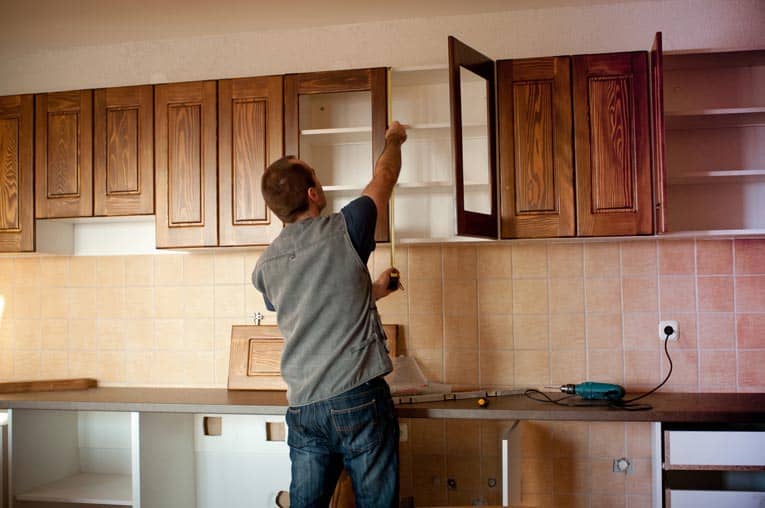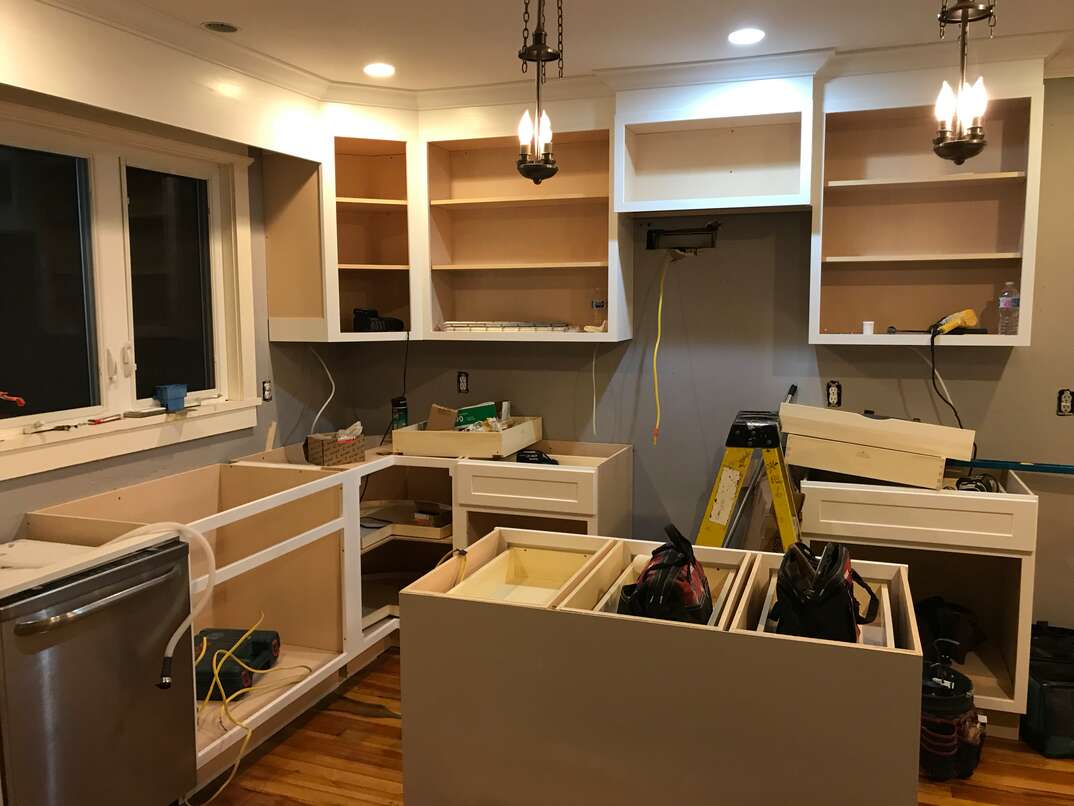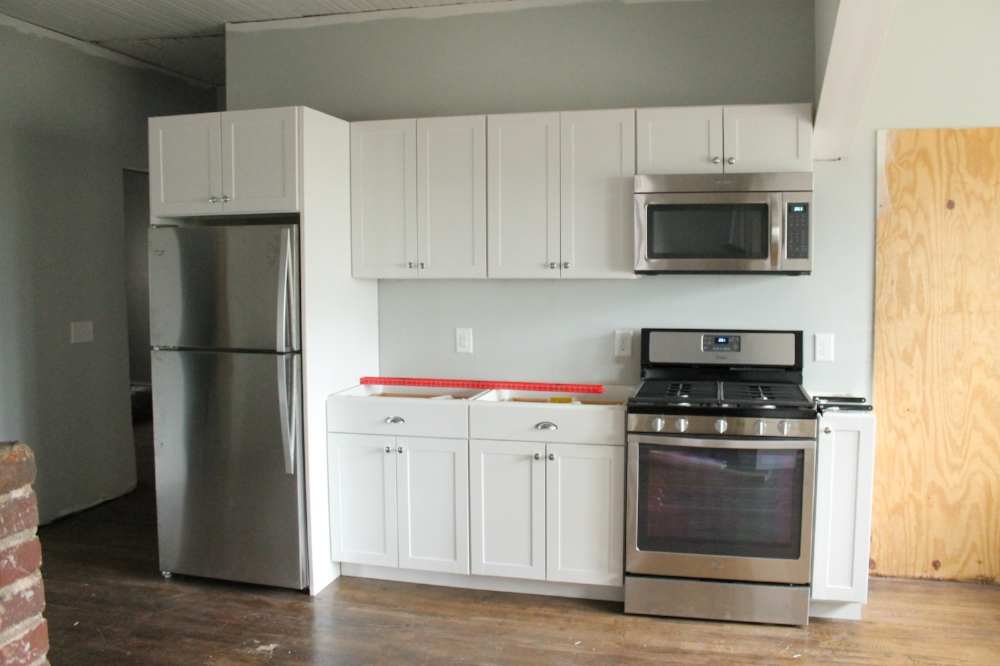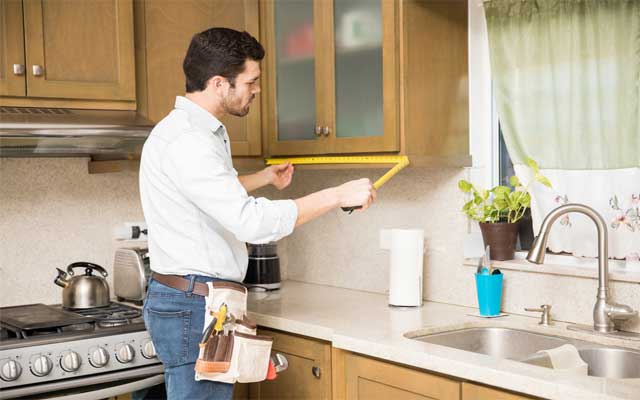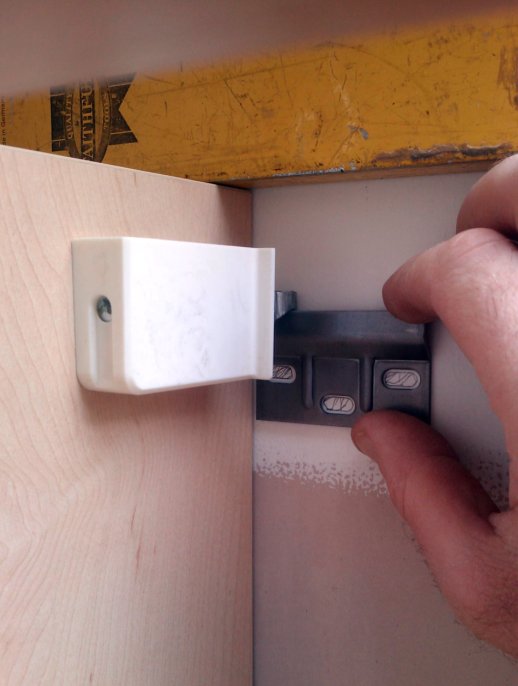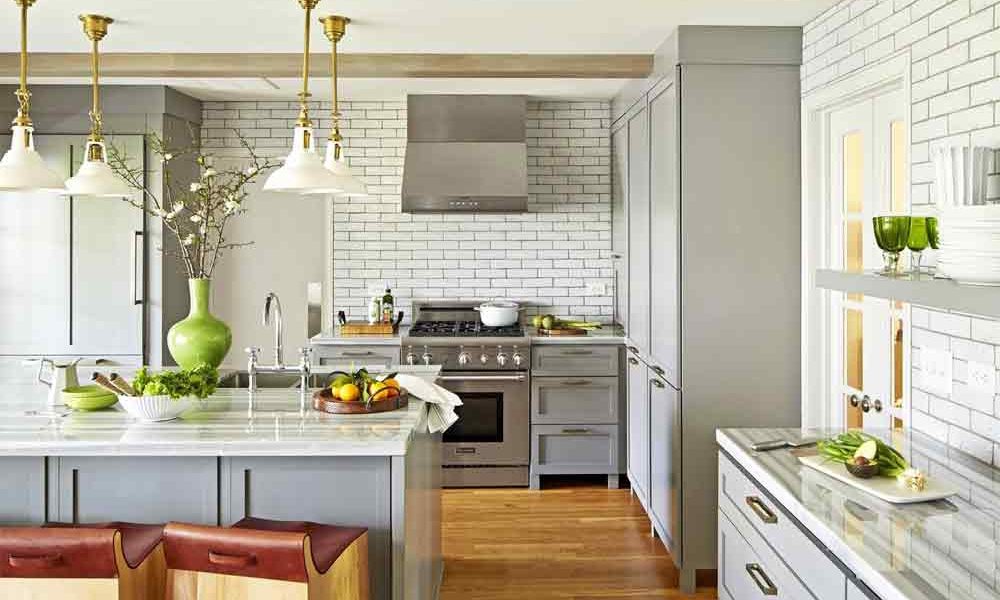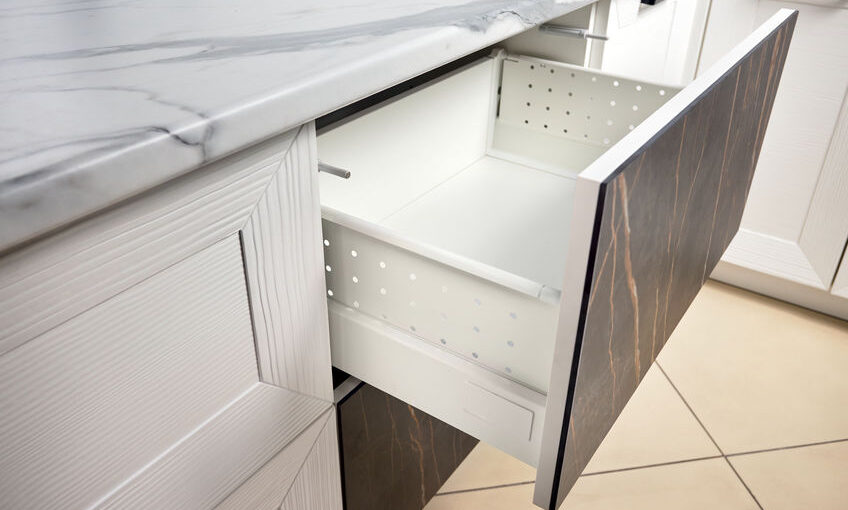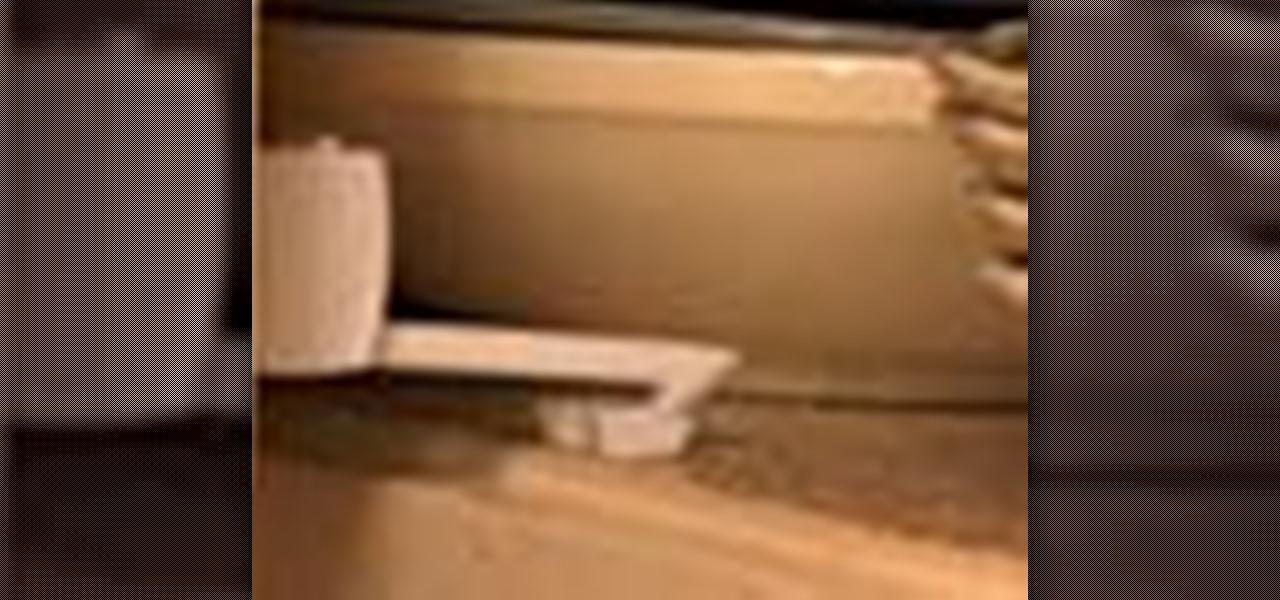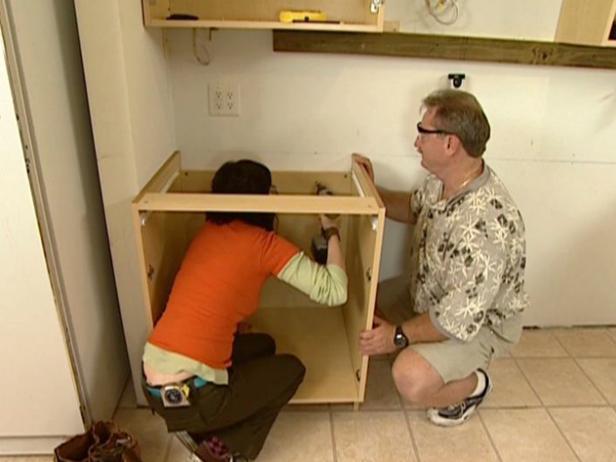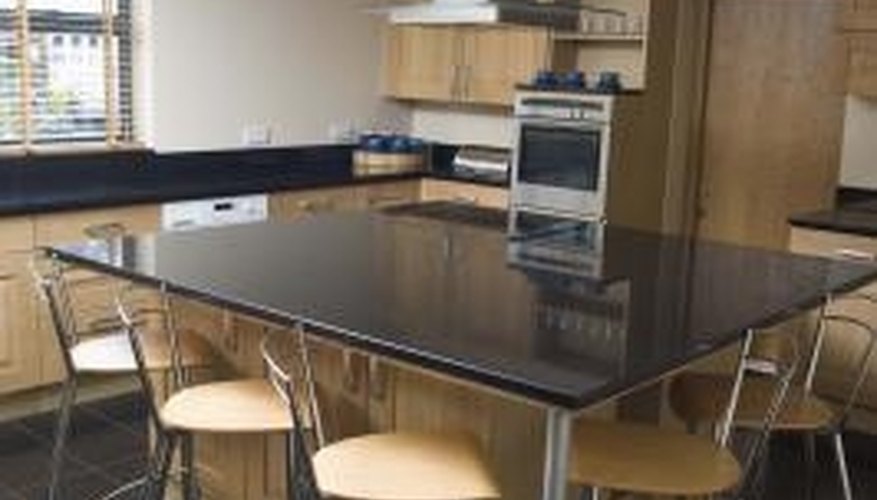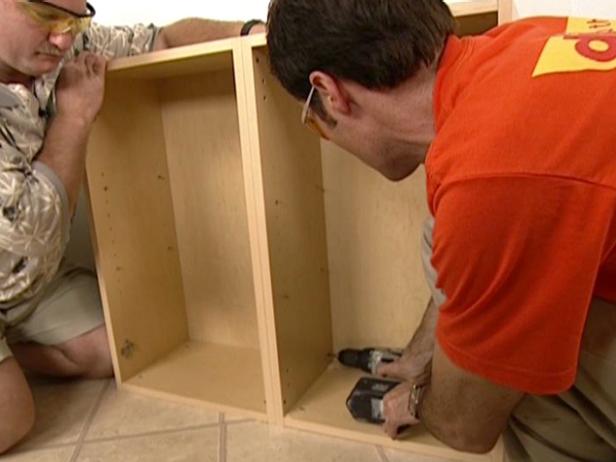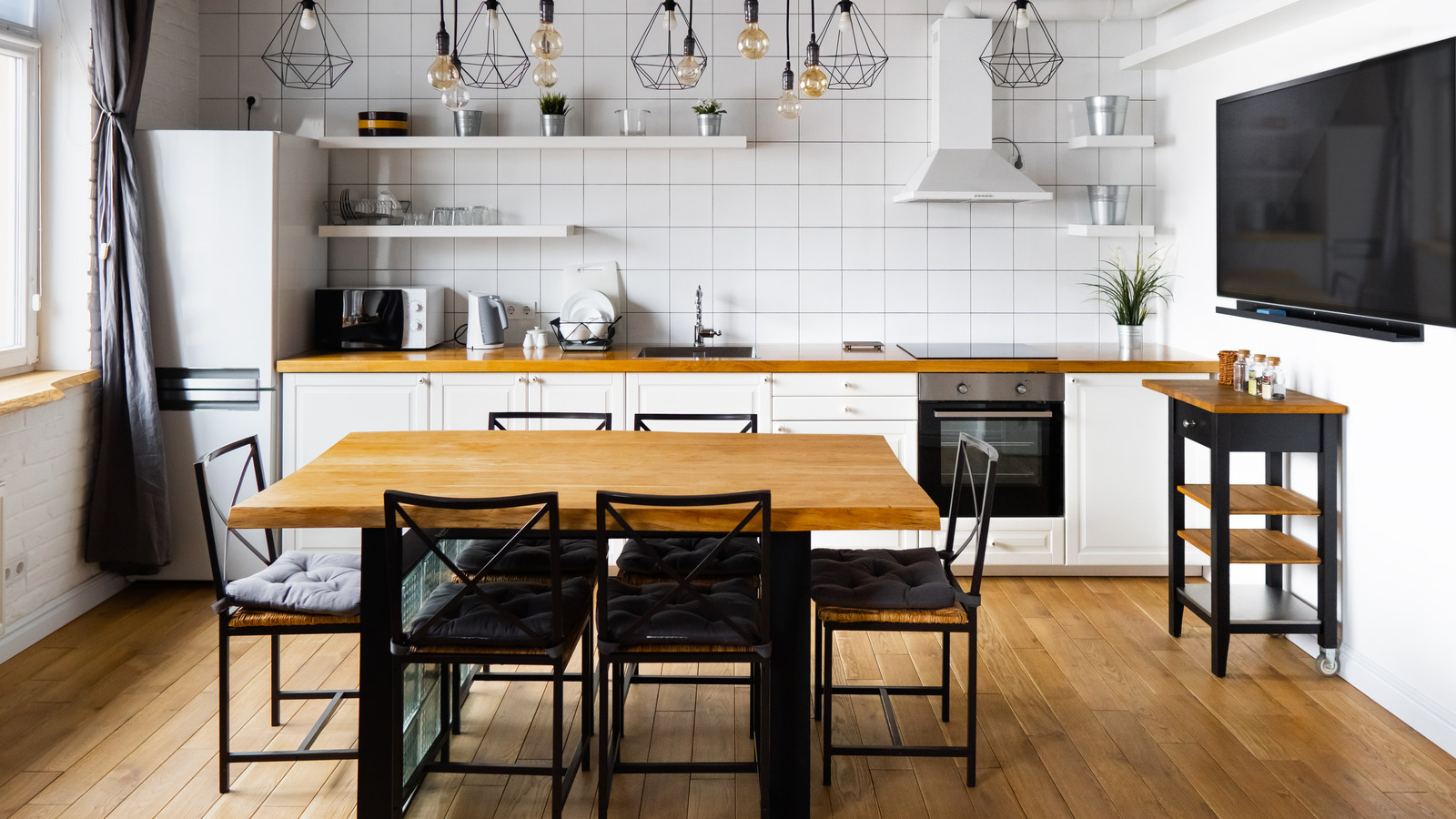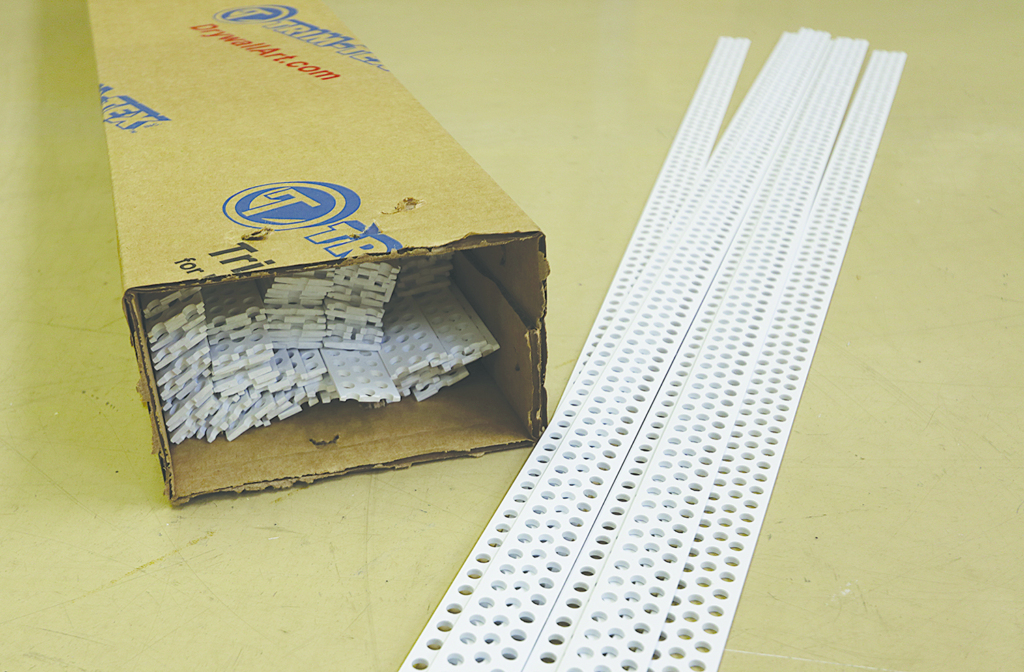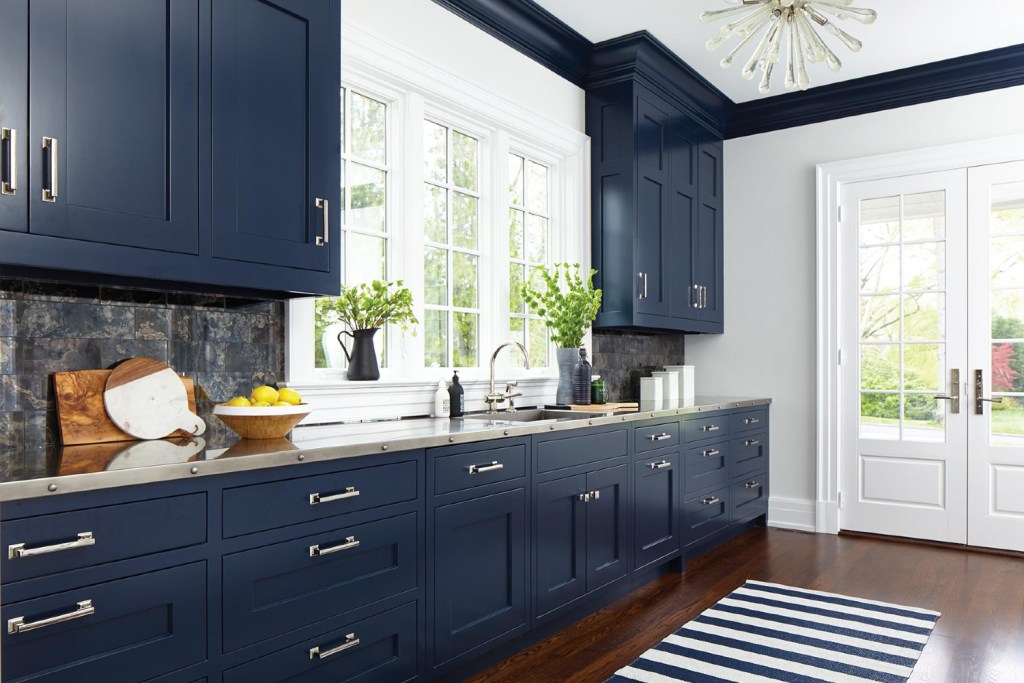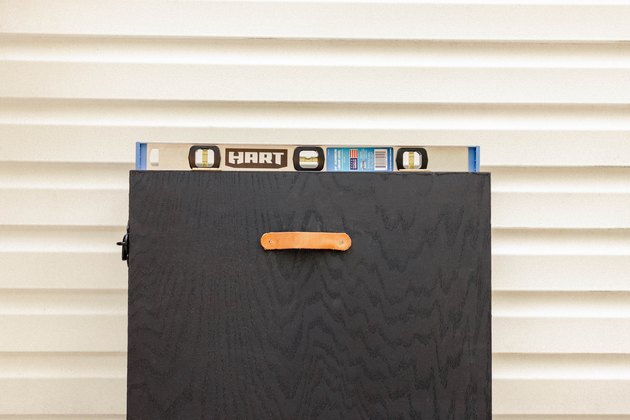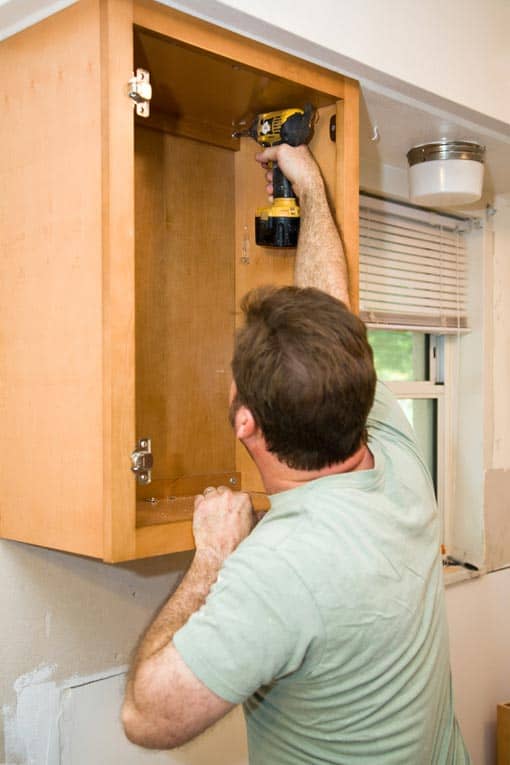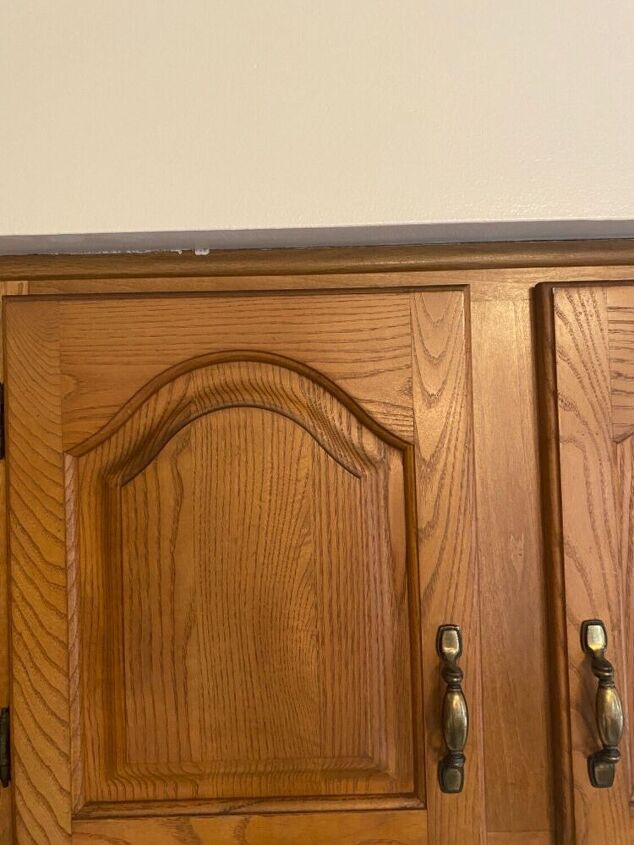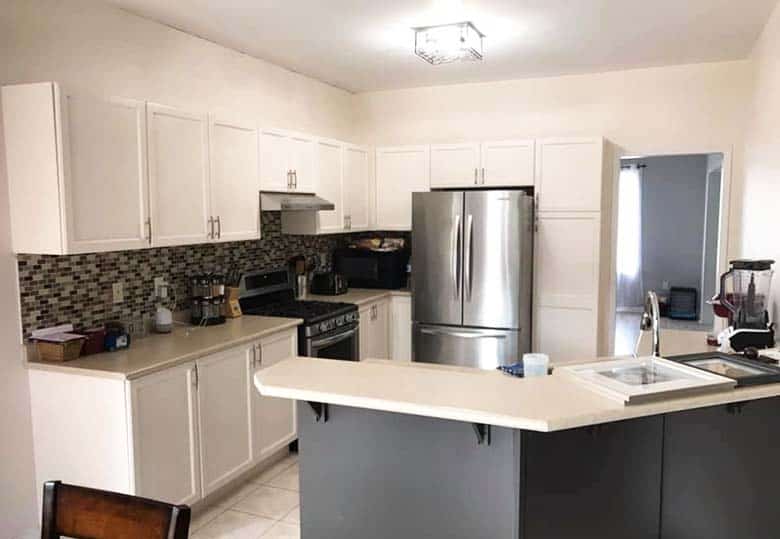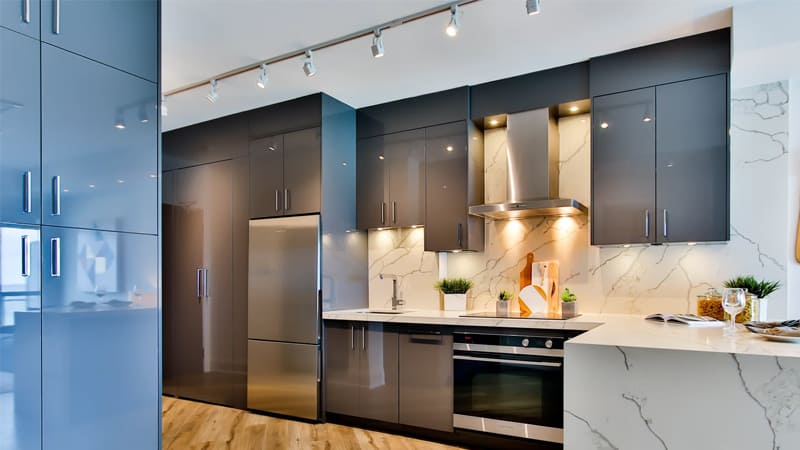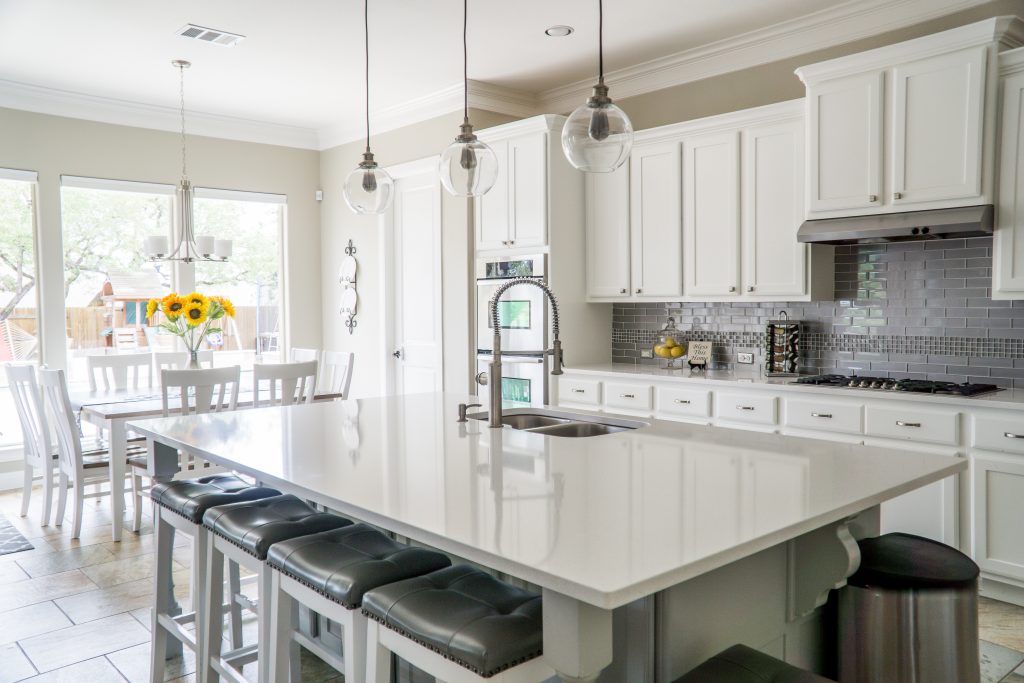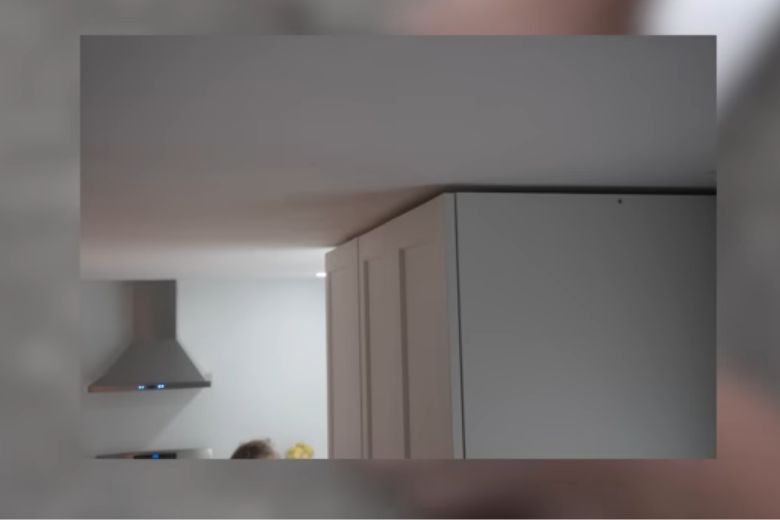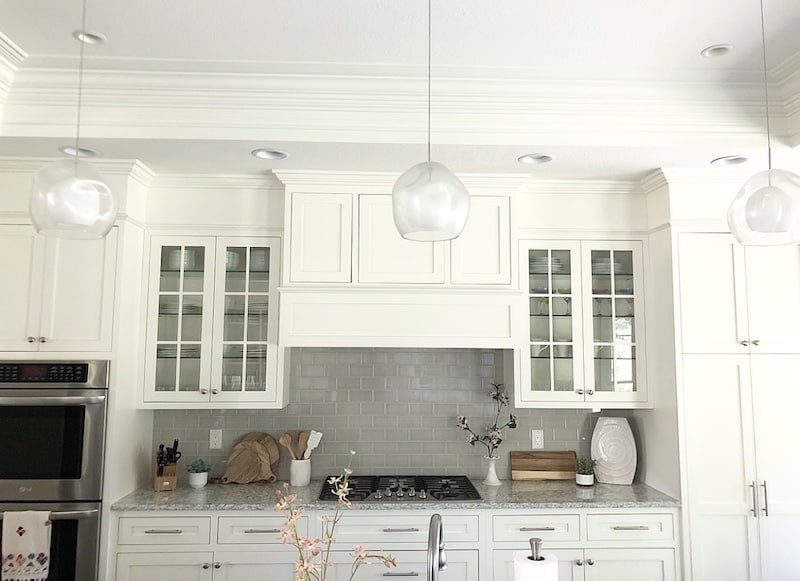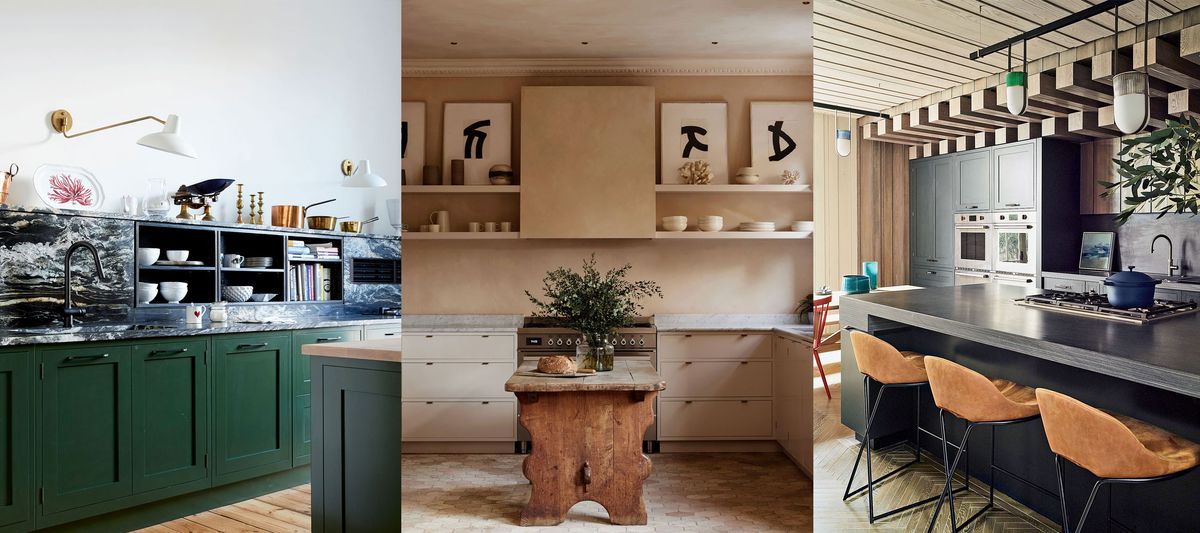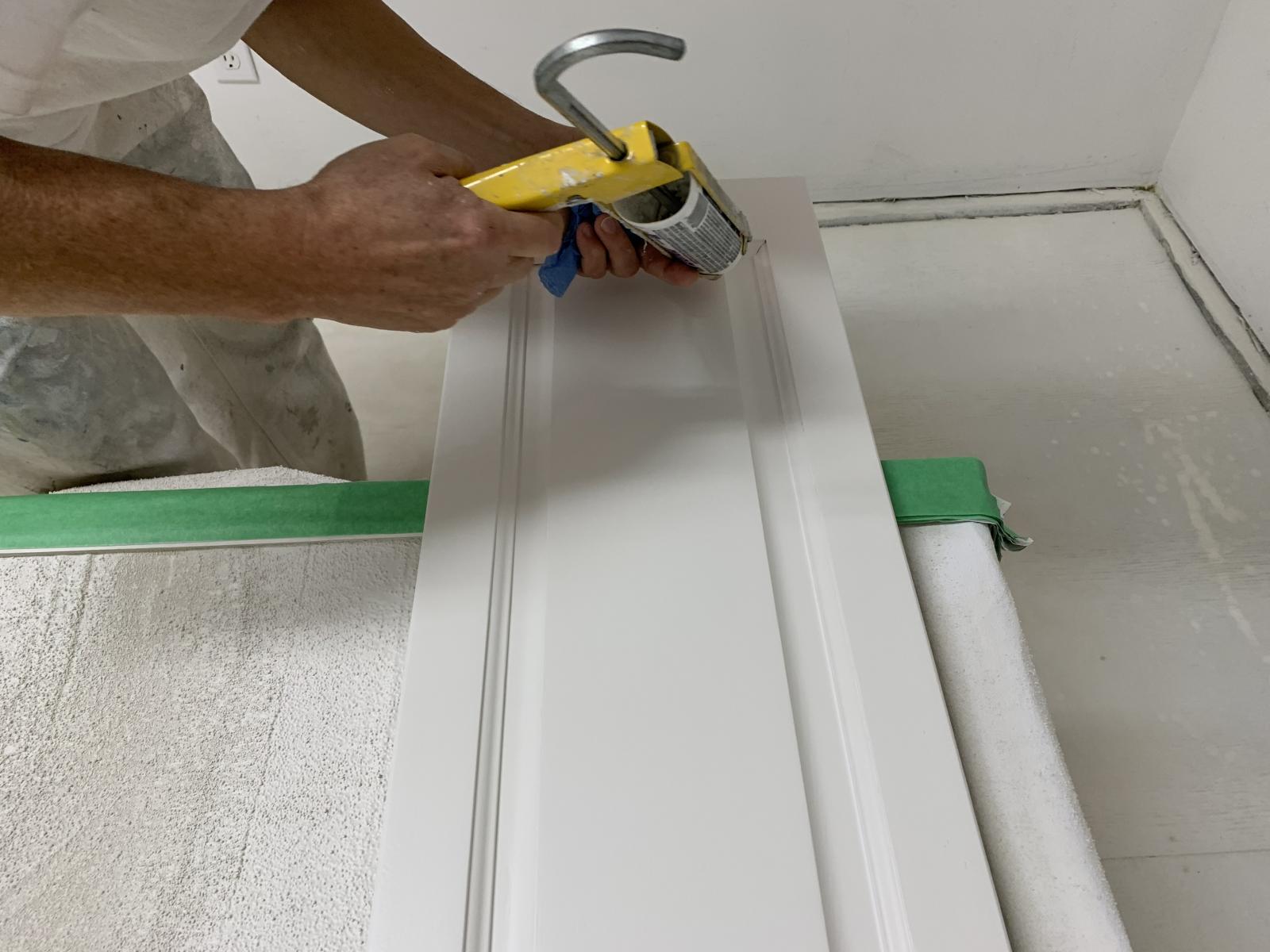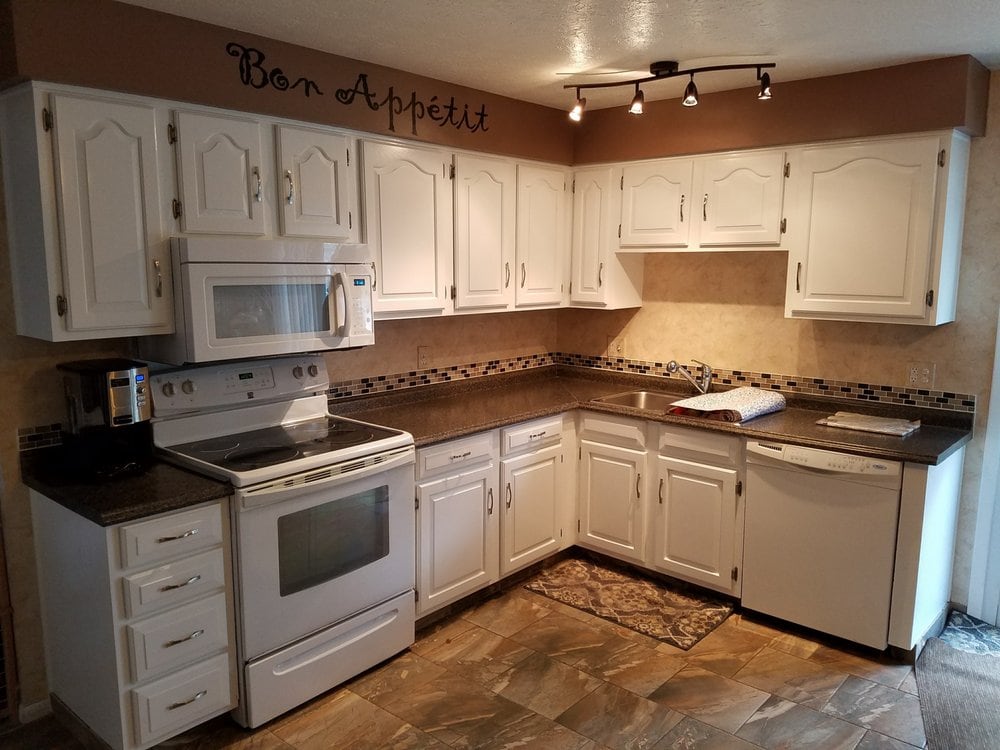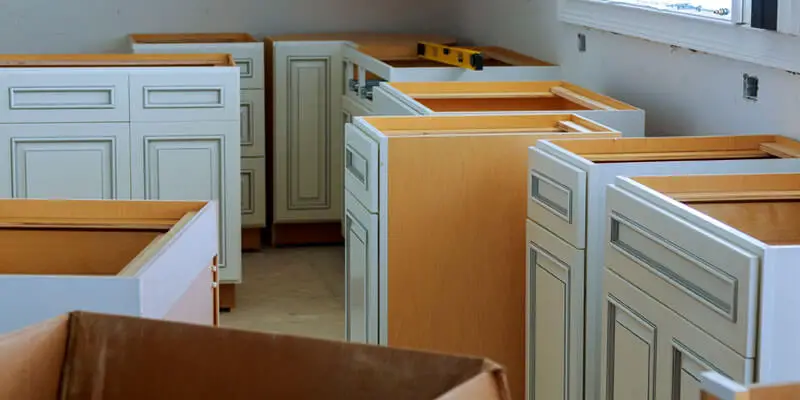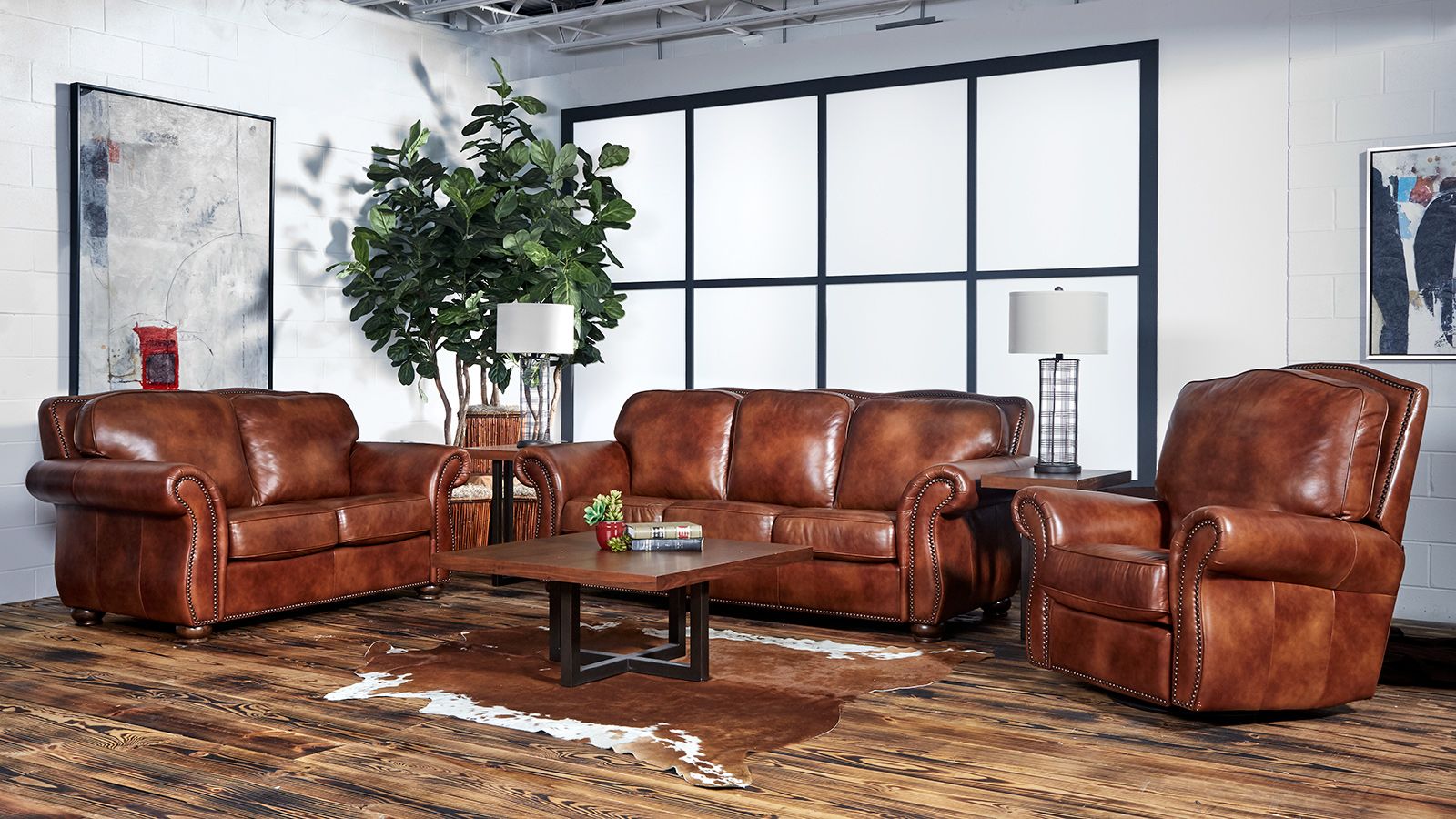How to Install Kitchen Cabinets Against a Wall
The installation of kitchen cabinets against a wall may seem like a daunting task, but with the right tools and techniques, it can be done easily and effectively. Here are the steps to follow to ensure a successful installation:
Step 1: Measure the Wall
The first step is to measure the wall where the cabinets will be installed. Use a measuring tape to get the length and height of the wall, and note down any irregularities such as bumps or dips.
Step 2: Measure the Cabinets
Next, measure the cabinets to ensure they fit correctly against the wall. This includes measuring the depth, height, and width of each cabinet. Take note of any discrepancies between the cabinet measurements and the wall measurements.
Step 3: Prepare the Wall
Before installing the cabinets, make sure the wall is clean and free of any debris. If there are any bumps, sand them down to create a smooth surface. This will ensure that the cabinets sit flush against the wall.
How to Measure for Kitchen Cabinets Against a Wall
Measuring is a crucial step when installing kitchen cabinets against a wall. Here are some tips for accurate measurements:
Tip 1: Use a Level
When measuring for kitchen cabinets, it's important to use a level to ensure that the cabinets will be installed straight and not crooked. Place the level on the wall and adjust accordingly to get a straight line.
Tip 2: Account for Wall Imperfections
As mentioned earlier, it's essential to take note of any wall imperfections when measuring. Use a measuring tape to measure from the highest point of the imperfection to the floor, and then measure from the lowest point to the floor. Take the average of the two measurements and use that as your reference point for installing the cabinets.
Tip 3: Double Check Measurements
Before cutting any cabinets or making any adjustments, double check all your measurements to ensure they are accurate. This will save you time and effort in the long run.
How to Adjust Kitchen Cabinets Against a Wall
Even with careful measurements, there may still be some adjustments needed when installing kitchen cabinets against a wall. Here's how to make those adjustments:
Step 1: Use Shims
If the cabinets are not sitting flush against the wall, use shims to fill in any gaps. Place the shims behind the cabinets in the areas where there are gaps, and secure them with nails or screws.
Step 2: Adjust the Legs
Most cabinets come with adjustable legs, which can be used to level the cabinets against the wall. Use a level to ensure the cabinets are straight, and adjust the legs accordingly.
Step 3: Trim Cabinets
If the cabinets are too wide or long, they may need to be trimmed to fit against the wall. Use a circular saw or jigsaw to carefully trim any excess material.
How to Secure Kitchen Cabinets Against a Wall
Securing the cabinets to the wall is crucial for stability and safety. Here's how to do it:
Step 1: Find the Studs
Use a stud finder to locate the studs in the wall. This is where you will be drilling screws to secure the cabinets.
Step 2: Drill Holes
Drill pilot holes into the studs where you will be securing the cabinets. This will prevent the wood from splitting when you screw in the screws.
Step 3: Use Screws
Using the pilot holes as a guide, screw the cabinets into the studs. Make sure to use screws that are long enough to go through the cabinets and into the studs for a secure hold.
How to Ensure Tolerance for Kitchen Cabinets Against a Wall
Tolerance refers to the space between the back of the cabinet and the wall. Here's how to ensure a proper tolerance:
Step 1: Use a Spacer
Use a spacer, such as a piece of wood or a shim, to create a consistent gap between the back of the cabinet and the wall. This will ensure that all cabinets have the same tolerance.
Step 2: Check for Levelness
Using a level, check that the cabinets are straight and level. If there are any discrepancies, adjust the spacers accordingly.
Step 3: Use Caulk
After the cabinets are installed, use caulk to seal the gap between the cabinets and the wall. This will give a finished look and prevent any moisture from getting between the cabinets and the wall.
How to Use Shims for Kitchen Cabinets Against a Wall
Shims are essential for a successful kitchen cabinet installation against a wall. Here's how to use them effectively:
Step 1: Place the Cabinets
Place the cabinets against the wall, making sure they are level and straight. Use shims to fill in any gaps between the cabinets and the wall.
Step 2: Secure the Cabinets
Once the cabinets are in place, secure them to the wall using screws. Make sure to screw into the studs for a secure hold.
Step 3: Trim Excess Shims
After securing the cabinets, use a utility knife or saw to trim any excess shims that are sticking out from the cabinets.
How to Check for Levelness of Kitchen Cabinets Against a Wall
Levelness is crucial for the proper functioning of kitchen cabinets. Here's how to check for levelness:
Step 1: Use a Level
Place a level on top of the cabinets to check for levelness. If the cabinets are not level, adjust the legs or shims accordingly.
Step 2: Check the Doors
Open and close the cabinet doors to ensure they are functioning properly. If they are not, adjust the cabinets until they are level.
Step 3: Use a Plumb Line
For vertical levelness, use a plumb line to check the sides of the cabinets. Adjust the cabinets as needed.
How to Account for Wall Imperfections When Installing Kitchen Cabinets
Wall imperfections are common in most homes, and it's essential to account for them when installing kitchen cabinets. Here's how:
Step 1: Measure Carefully
Take precise measurements of the wall, including any bumps or dips. This will help you make adjustments when installing the cabinets.
Step 2: Use Shims
Shims are a great way to fill in any gaps caused by wall imperfections. Use them behind the cabinets to ensure they sit flush against the wall.
Step 3: Adjust as Needed
If there are significant imperfections, you may need to trim the cabinets or make other adjustments to ensure a proper fit against the wall.
How to Create a Gap Between Kitchen Cabinets and Wall
Creating a gap between the cabinets and the wall is crucial for proper ventilation and function. Here's how to do it:
Step 1: Use Spacers
Use spacers, such as shims or pieces of wood, to create a consistent gap between the cabinets and the wall.
Step 2: Check for Levelness
Using a level, check that the cabinets are straight and level. If not, adjust the spacers accordingly.
Step 3: Secure Cabinets
After ensuring the cabinets are level, secure them to the wall using screws. Make sure to screw into the studs for a secure hold.
How to Caulk Kitchen Cabinets Against a Wall
Caulking is the final step in installing kitchen cabinets against a wall. Here's how to do it:
Step 1: Fill the Gap
Using a caulking gun, fill the gap between the cabinets and the wall with caulk. Make sure to fill in any gaps completely.
Step 2: Smooth Out the Caulk
Using a caulk smoothing tool or your finger, smooth out the caulk to create a clean and even line.
Step 3: Let Dry
Allow the caulk to dry completely before using the cabinets or applying any paint or finish. This will ensure a finished and professional look.
Installing kitchen cabinets against a wall may seem like a challenging task, but with the right tools and techniques, it can be done easily and effectively. By following these steps and accounting for any imperfections, you can ensure a successful installation that will last for years to come.
Kitchen Cabinet Tolerance Against Wall: Why It Matters in House Design
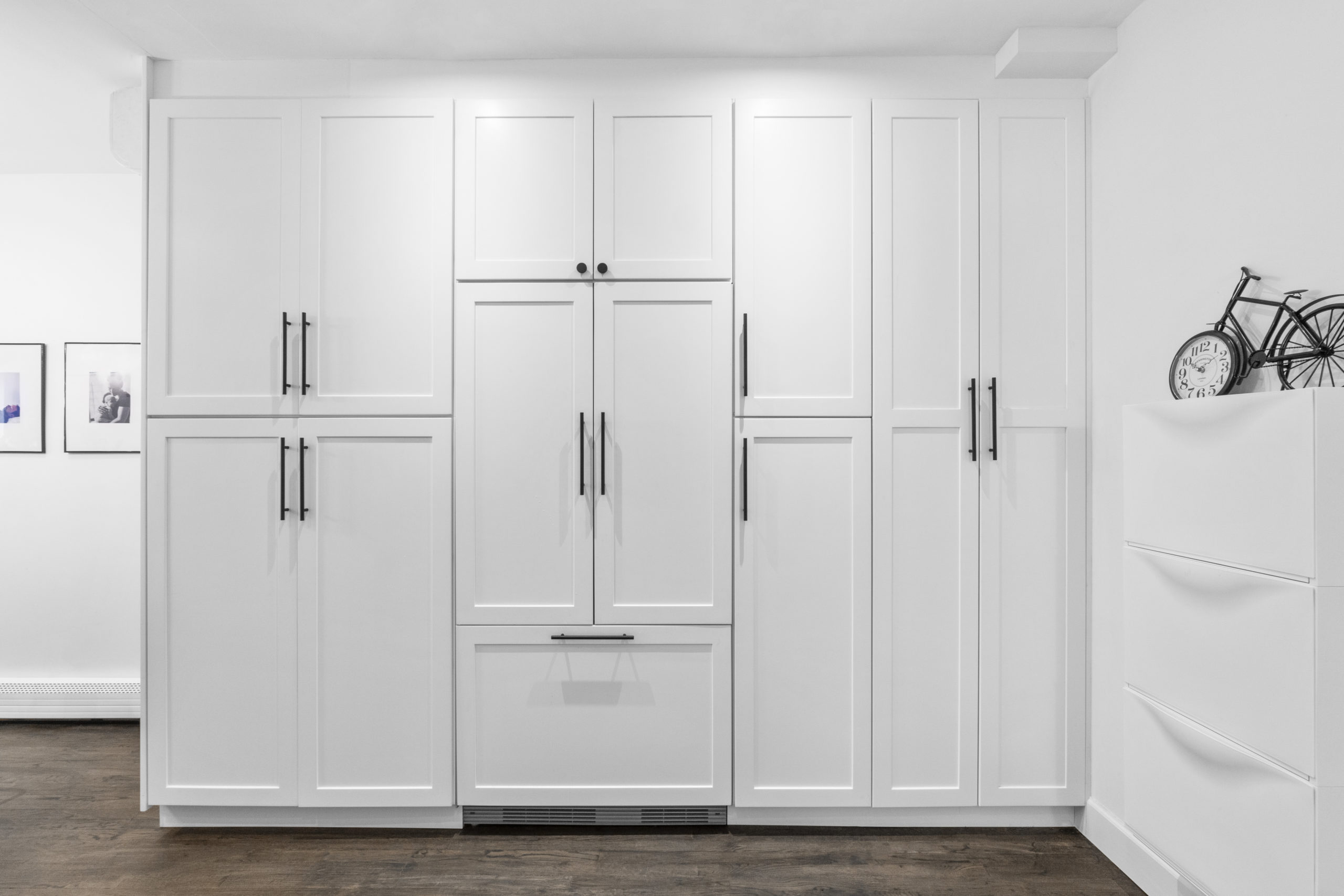
The Importance of Proper Kitchen Cabinet Tolerance
 When it comes to house design, every detail matters. From the color of the walls to the type of flooring, each decision contributes to the overall look and functionality of a home. One often overlooked aspect of house design is the
kitchen cabinet tolerance against wall
. This refers to the space between the back of the cabinet and the wall. While it may seem like a minor detail, having the correct tolerance is crucial for both aesthetic and practical reasons.
When it comes to house design, every detail matters. From the color of the walls to the type of flooring, each decision contributes to the overall look and functionality of a home. One often overlooked aspect of house design is the
kitchen cabinet tolerance against wall
. This refers to the space between the back of the cabinet and the wall. While it may seem like a minor detail, having the correct tolerance is crucial for both aesthetic and practical reasons.
Aesthetics and Functionality
How to Determine the Correct Tolerance
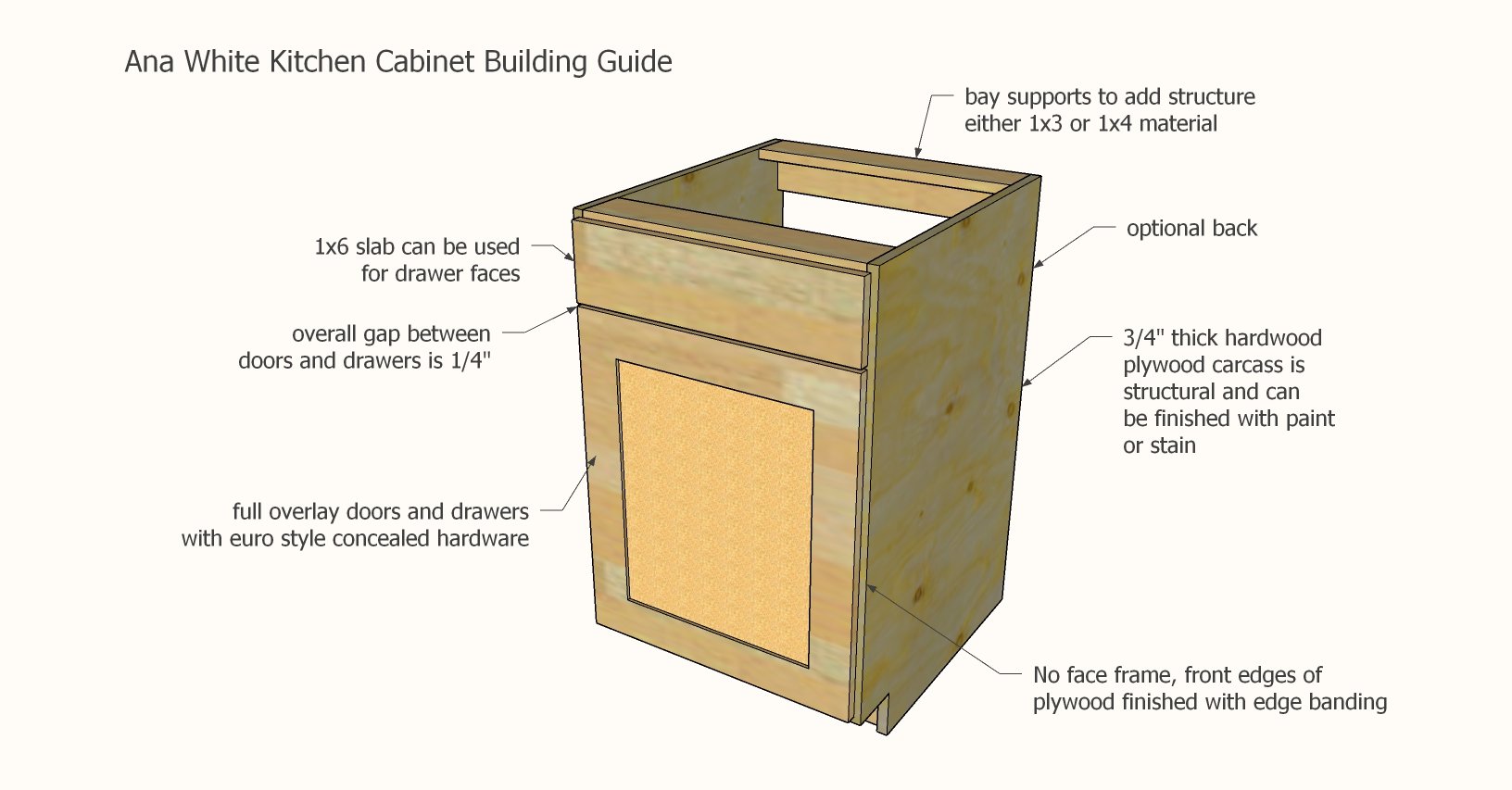 Determining the right kitchen cabinet tolerance against the wall depends on several factors. The type of cabinet, the wall material, and the countertop design all play a role. Generally, a
tolerance of 1-2 inches
is recommended for most kitchen cabinets. This provides enough space for easy access and cleaning while maintaining a visually appealing look. However, it is essential to consult with a professional designer or contractor for specific measurements for your kitchen.
In conclusion, when it comes to house design, every detail matters. Proper kitchen cabinet tolerance against the wall is crucial for both aesthetic and practical reasons. It not only ensures a visually appealing kitchen but also improves functionality and safety. Make sure to consult with a professional to determine the correct tolerance for your kitchen cabinets to achieve the perfect balance of form and function.
Determining the right kitchen cabinet tolerance against the wall depends on several factors. The type of cabinet, the wall material, and the countertop design all play a role. Generally, a
tolerance of 1-2 inches
is recommended for most kitchen cabinets. This provides enough space for easy access and cleaning while maintaining a visually appealing look. However, it is essential to consult with a professional designer or contractor for specific measurements for your kitchen.
In conclusion, when it comes to house design, every detail matters. Proper kitchen cabinet tolerance against the wall is crucial for both aesthetic and practical reasons. It not only ensures a visually appealing kitchen but also improves functionality and safety. Make sure to consult with a professional to determine the correct tolerance for your kitchen cabinets to achieve the perfect balance of form and function.



